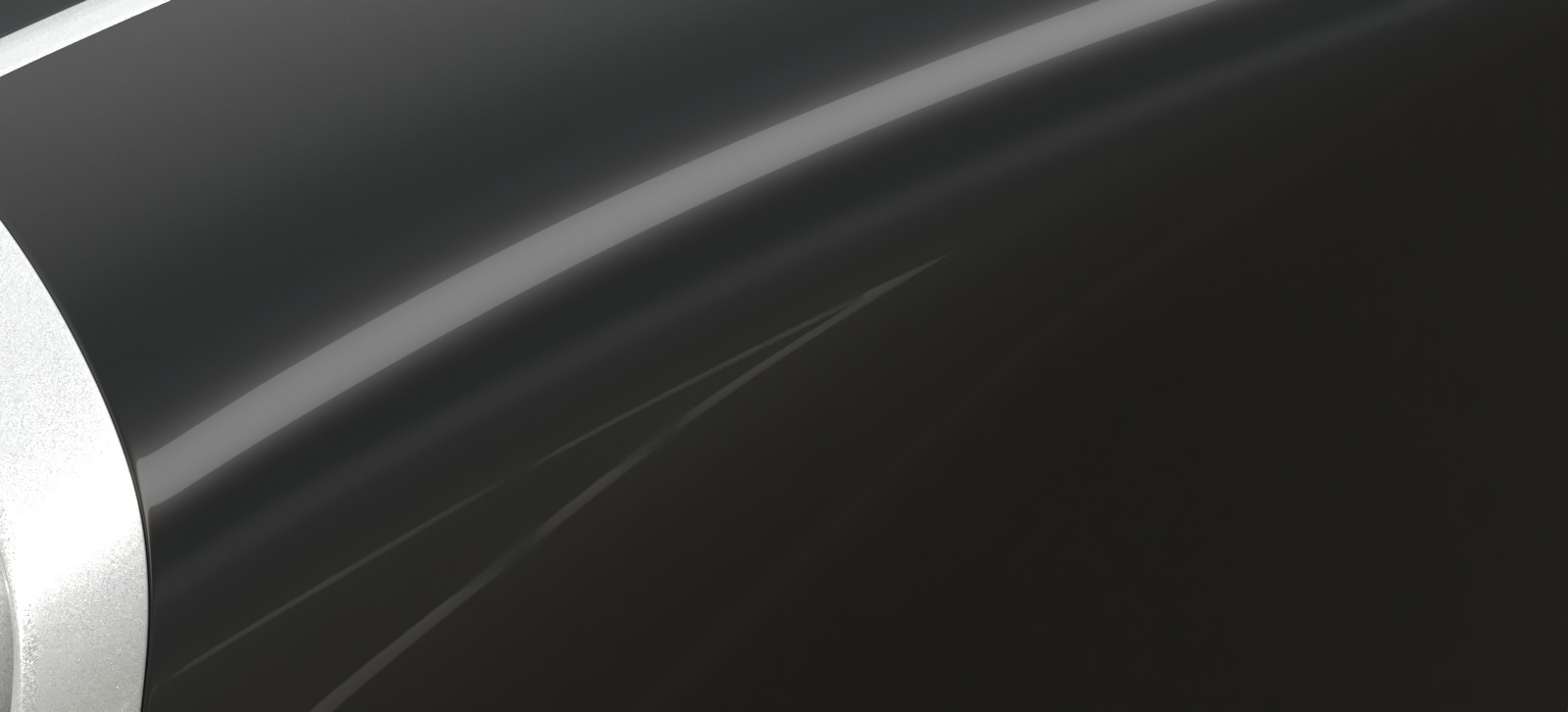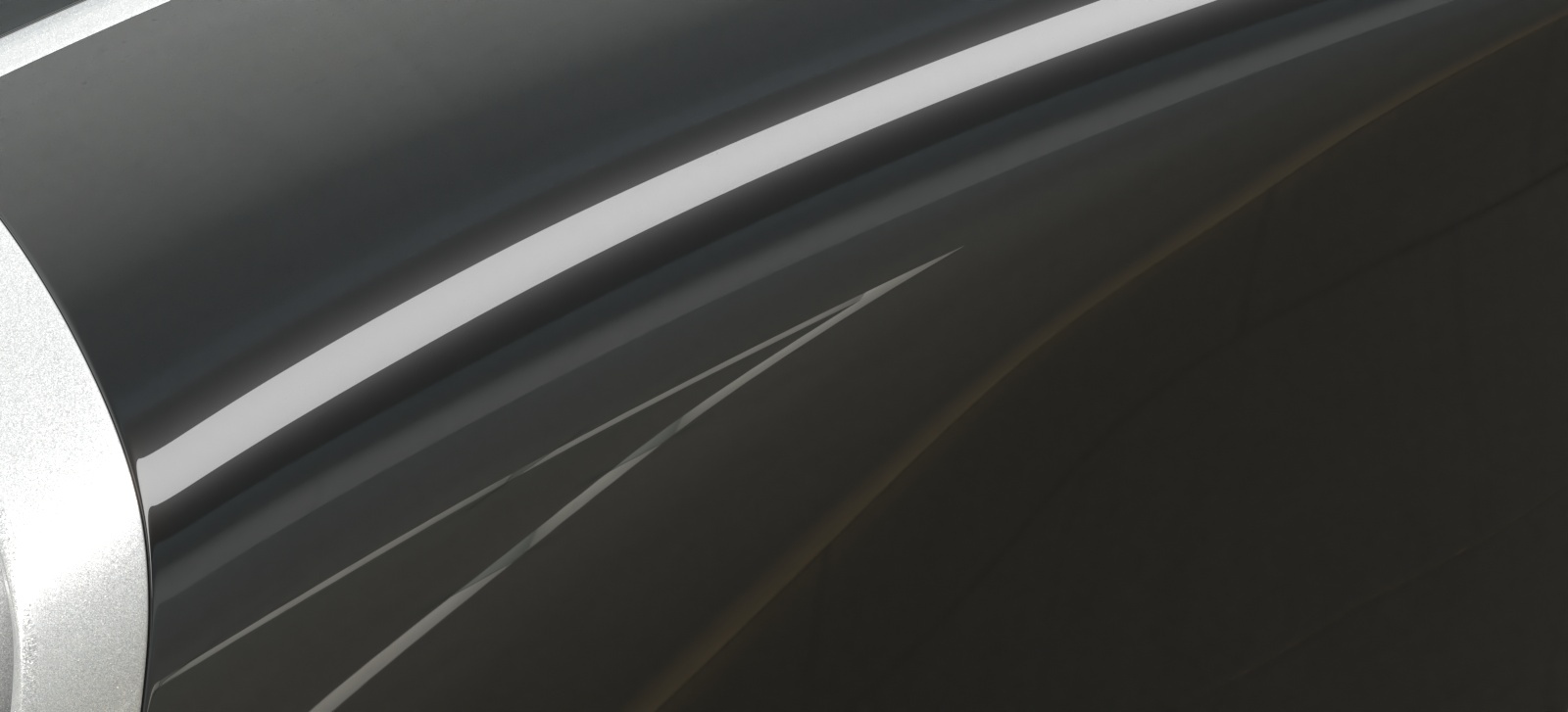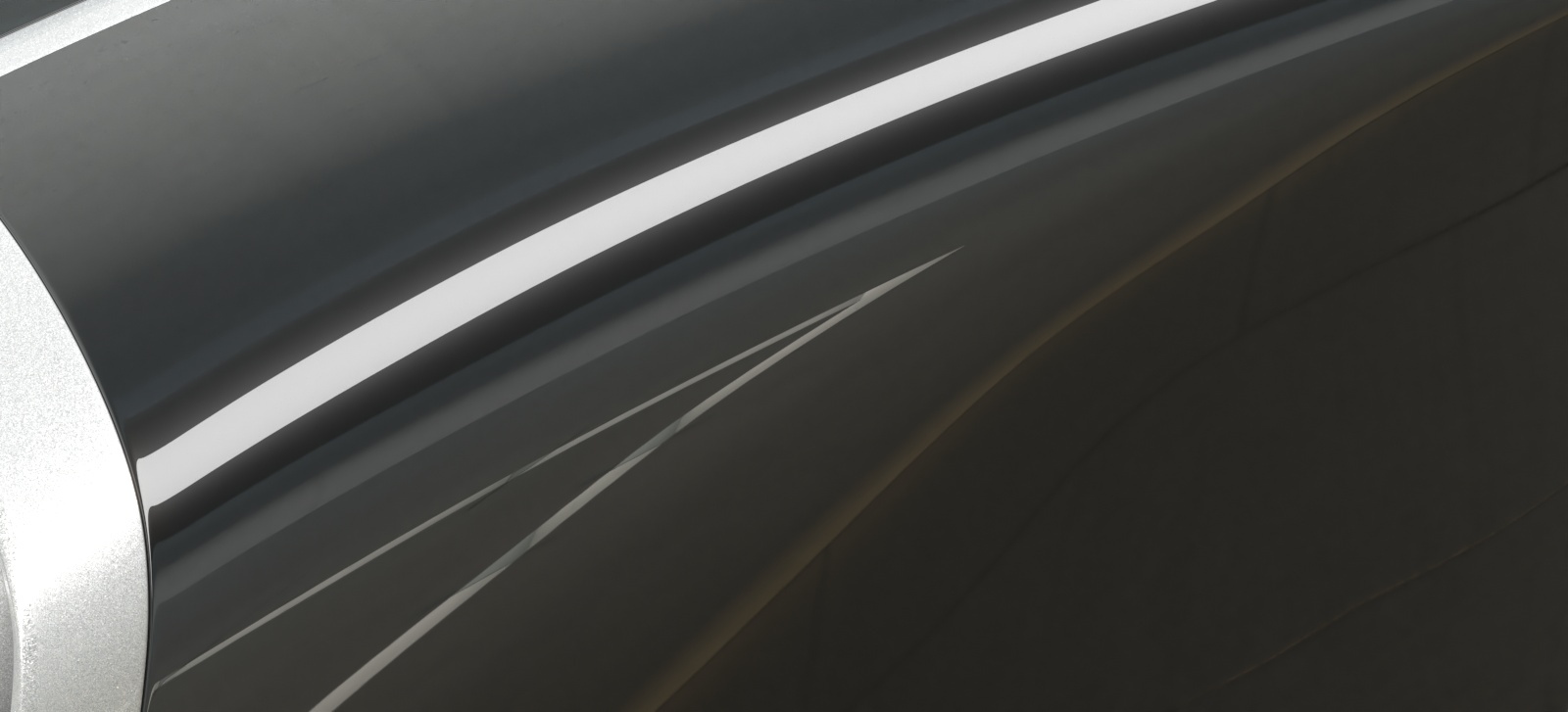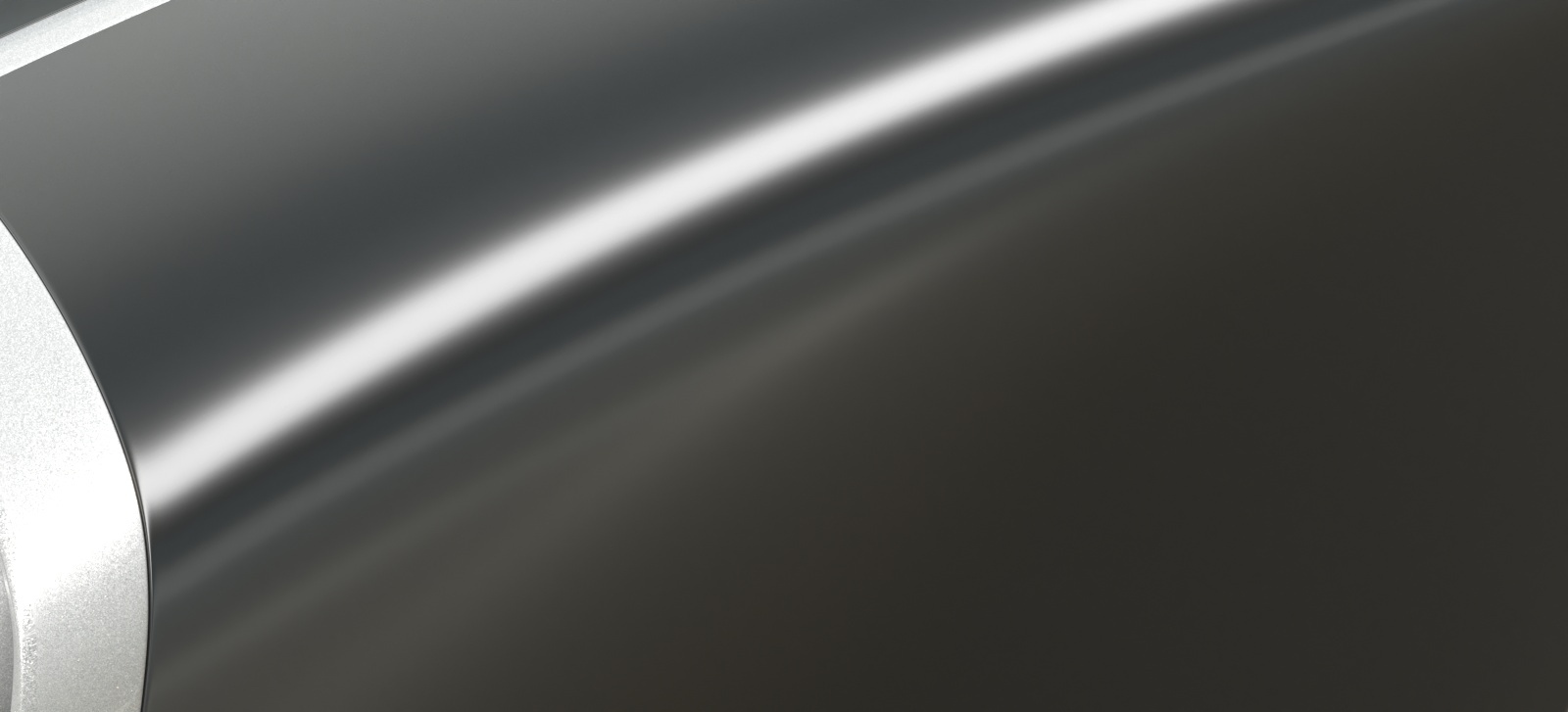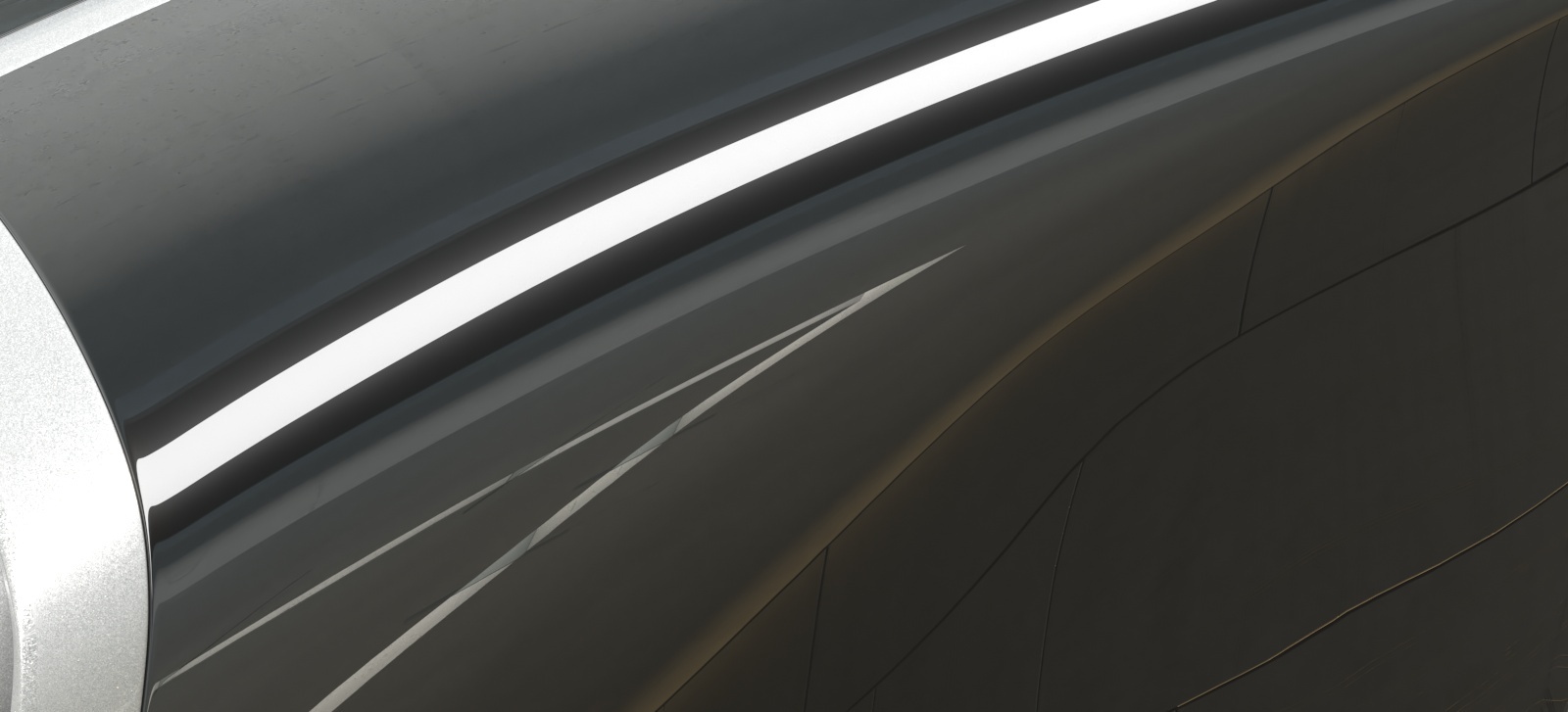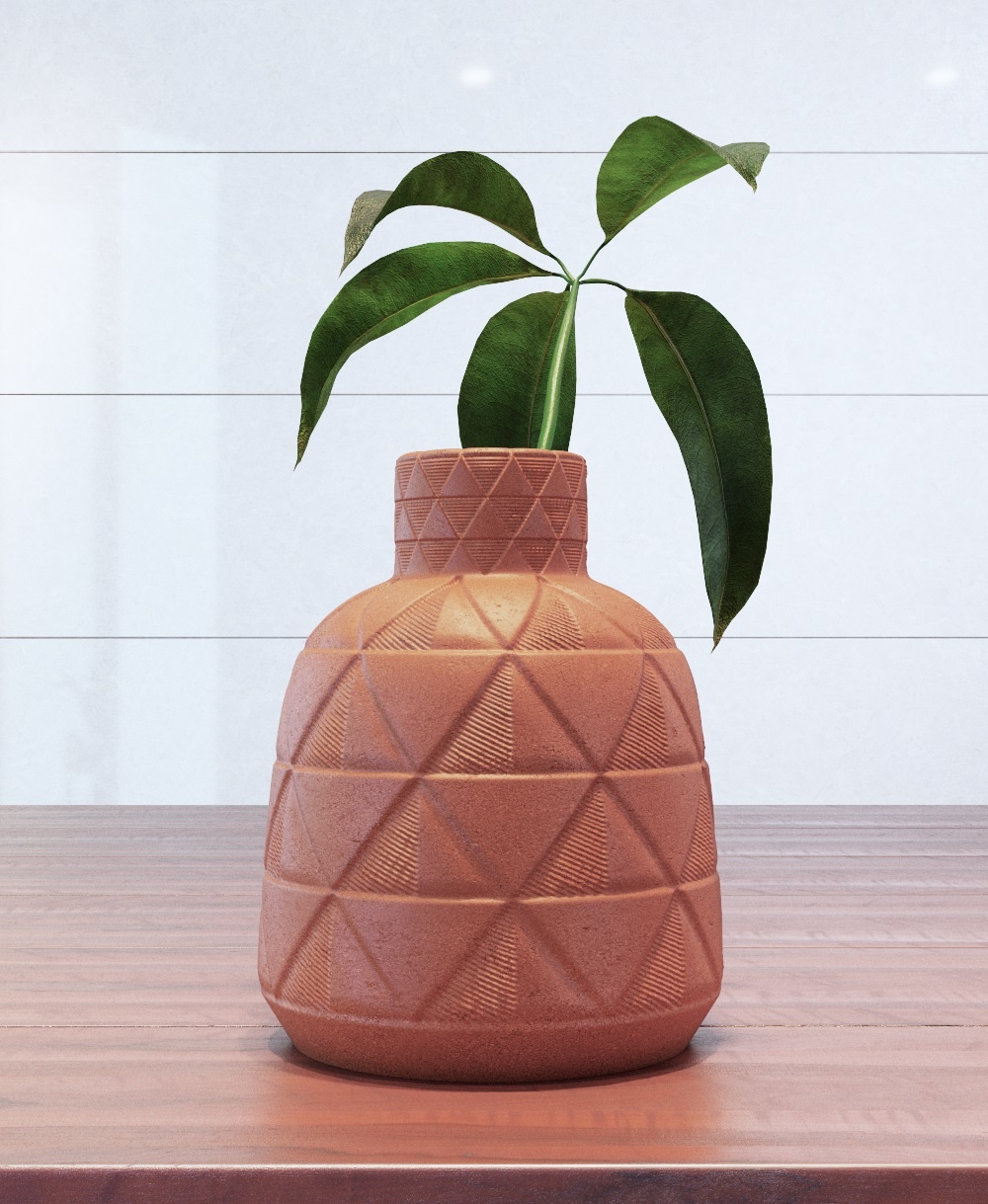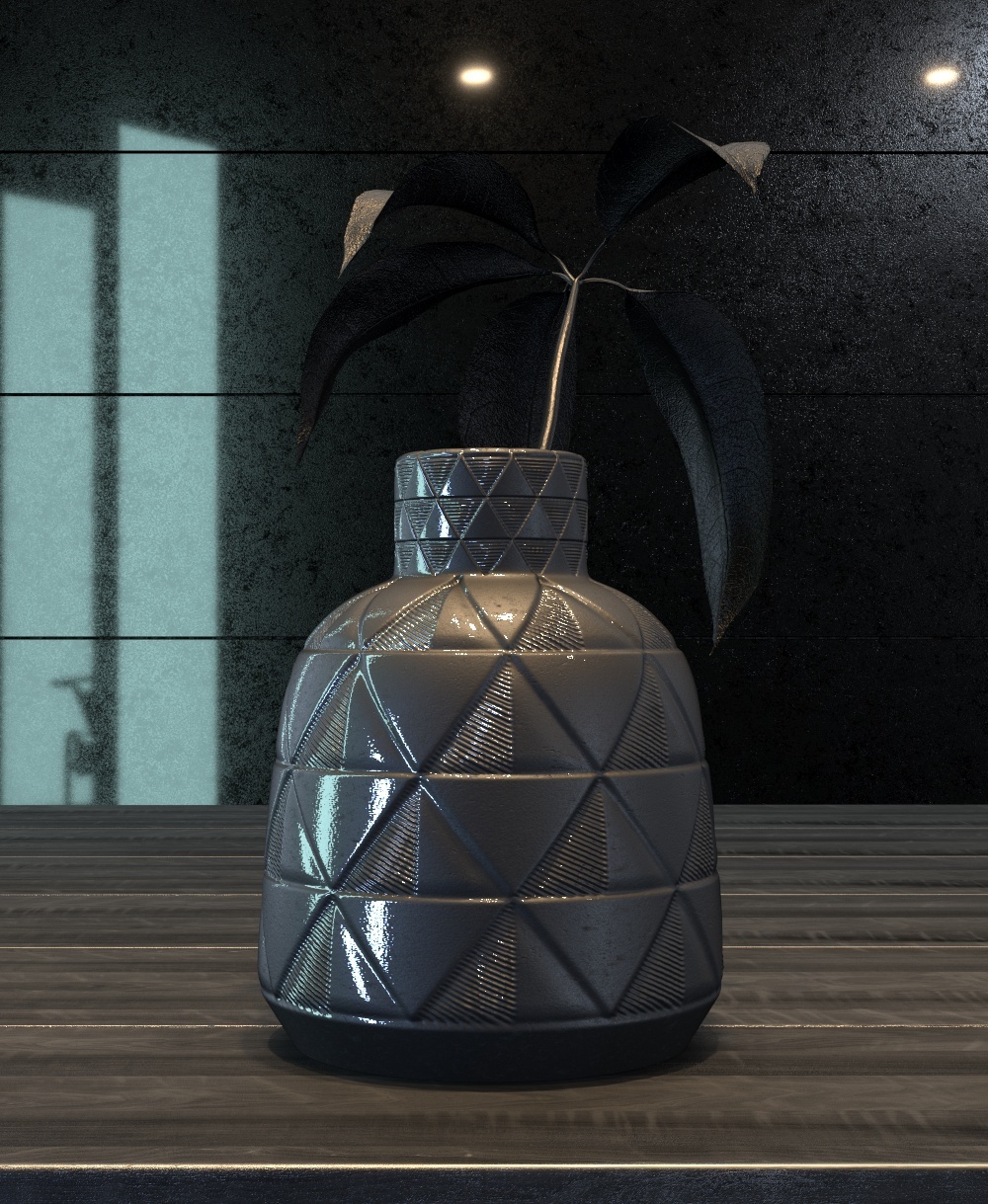The Coat rollout is part of the VRayMtl parameters. You can find additional information on how to use it at Coat and Sheen Layers.
Parameters
Coat Color – Determines the coat layer's color. The Coat Color tints all layers - reflection, sheen, diffuse and refraction. Note that the coat specular highlights are not affected and are always white. A texture map can be used here. See the Coat Color example below for more information.
Amount – Specifies the blending weight of the coat layer. A value of 0 does not add a coat layer, while higher values blend the coat gradually. See the Coat Amount example below for more information.
Darkening – Controls how the coat layer impacts the appearance of the underlying layers, dielectric or metallic. This effect emulates how a clear coat layer slightly darkens the underlying material due to light absorption and scattering, such as the effect you would see when applying a darker lacquer on top of a wooden surface. By adjusting this parameter, artists can create slight color changes, adding depth and making the render look more realistic.
Coat Glossiness – Controls the sharpness of reflection. A value of 1.0 means perfect glass-like reflection; lower values produce blurry or glossy reflections. See the Coat Glossiness example below for more information.
IOR – Specifies the Index of Refraction for the coat layer.
Lock Coat Bump to Base Bump – When enabled, it prioritizes the base bump map during rendering over the coat bump map. You can use it to temporarily hide the coat bump.
Bump Map Type – Allows the user to specify whether a bump map or a normal map effect is added.
Bump Map
Normal map in tangent space
Normal map in object space
Normal map in screen space
Normal map in world space
Bump Map – Specifies the bump/normal map used as a coat bump.
Coat Bump Mult – A multiplier for the bump effect.
Coat Anisotropy – Determines the shape of the highlight. A value of 0.0 means isotropic highlights. Negative and positive values simulate "brushed" surfaces. The accepted values are in the range from 0.999 to -0.999.
Coat Anisotropy Rotation – Determines the orientation of the anisotropic effect in a float value between 0.0 and 1.0 (where 0.0 is 0 degrees and 1.0 is 360 degrees).
When the Shading Model is set to OpenPBR, the Coat Glossiness parameter is renamed to Coat Roughness. Its values produce opposite results to those of the Coat Glossiness; a value of 0.0 means perfect glass-like refraction, and higher values produce blurry or glossy refractions.
All other properties function the same. To find out why Glossiness is switched to Roughness, read the OpenPBR article.
Example: Coat Amount
This example shows how the Amount value affects the look of the material. The base Reflection Glossiness is 0.76 and the Coat glossiness is set to 0.985. IOR is 2.2 and the Coat Color is the default white.
Example: Coat Glossiness
Coat glossiness controls the sharpness of the coat reflection. In this example, the base Reflection Glossiness is set to 0.76 and the Coat Amount is set to 1. IOR is 2.2 and the Coat Color is the default white. Notice how higher values produce glossier reflection and lower values make it look blurry.
Example: Coat Color
The example below shows how the Coat Color affects the Diffuse, Reflection and Specular layers. The Diffuse color is set to light red and the Reflection color is white. In the first render, the coat layer is disabled. In the second render the Coat Color is the default white, and in the third one - yellow.
The image sliders show the respective render channels with the Coat Color set to default white and yellow. Notice how the specular highlights remain white regardless of the coat color.
Specular Channel
Reflection Channel




